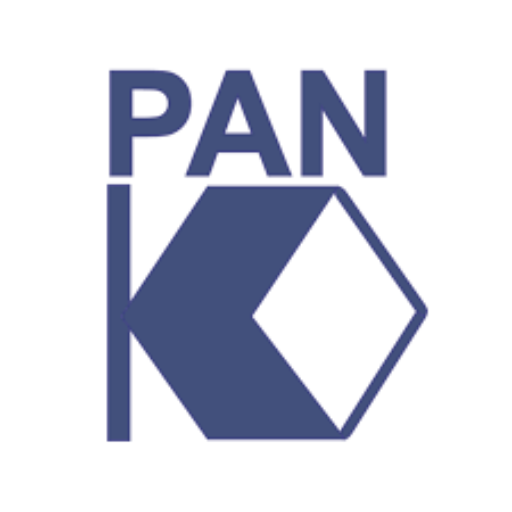System UHV I
Microscopes are designed to image surface nanostructures in a mesoscal in real time in the temperature range from (-180 ÷ 1200°C). Microscopes can measure samples prepared both ex-situ and in-situ.
Preparation chambers of microscopes are equipped with:
- Molecular Beam Epitaxy (MBE)
- Auger’ electron spectroscope (AES),
- low energy electron diffractometer (LEED),
- residual gas analyzer (RGA),
- ion gun,
- gas dosing system
System UHV II
The system is designed for investigation of solid state surfaces (bulk and powdered) at ultra high vacuum (UHV)conditions. Available techniques:
- Molecular Beam Epitaxy (MBE)
- Auger’ electron spectroscope (AES),
- low energy electron diffractometer (LEED),
- Scanning Tunneling Microscopy (STM)
- Conversion Electron Mössbauer Spectroscopy (CEMS)
- Ion bombardment and etching
- cooling/heating of samples in the range of 100 K – 2000 K
- residual gas analyzer (RGA),
- Gas dosing system
- base pressure < 1*10-10 mbar
System UHV III:The system is designed for investigation of solid state surfaces (bulk and powdered) at ultra high vacuum (UHV)conditions
The system is designed for investigation of solid state surfaces (bulk and powdered) at ultra high vacuum (UHV)conditions. Available techniques:
- Molecular Beam Epitaxy (MBE)
- X-ray Photoelectron Spectroscopy (XPS)
- Scanning Probe Microscope (SPM:STM/AFM)
- Low Energy Electron Diffraction (LEED/AES)
- Temperature Programmed Desorption (TPD); (RGA SRS 200)
- cooling/heating of samples in the range of 100 K – 2000 K;
- Ion bombardment and etching
- Residual gas analyzer (RGA)
- Gas dosing system
- High-pressure catalytic reactor
- base pressure < 1*10-10 mbar.
Mössbauer spectrometer for measuring bulk and powder solids and frozen liquids
Mössbauer spectroscopy makes it possible to study the local chemical, structural and magnetic properties of solid phase materials. The laboratory has 57Co sources that allow measurements of samples containing iron. The active isotope of Mössbauer is 57Fe, whose natural abundancy is 2%. Therefore, the lower limit of iron concentration, for which the measurements are trouble-free for samples with a natural Fe content, is approx. 3 at. %, while this limit moves to fractions of a percent for enriched samples (unfortunately, the isotope 57Fe is not cheap). Measurements can be made in transmission or in dispersion. For measurements in transmission, the sample must be a thin film or lozenges with an area of the order cm2 and a surface density Fe of 1 – 10 mg/cm2. Measurements can be made in the range from 80 K to room temperature. Thanks to the cryostat, it is possible to measure liquid samples after they have been frozen. In this option, for the measurement of organic liquids with a low concentration of iron, special containers containing approx. 1 cm3 of liquid. For measurements in scatter geometry, the electron detection technique of conversion is used. The samples (basically of any shape, but in solid form) are mounted in a flow detector in which the working gas is a mixture of He-10% CH4. Measurements can be made at a reduced temperature (up to approx. 150 K) and in a small magnetic field, which allows to characterize the superparamagnetic properties of nanoparticles.
